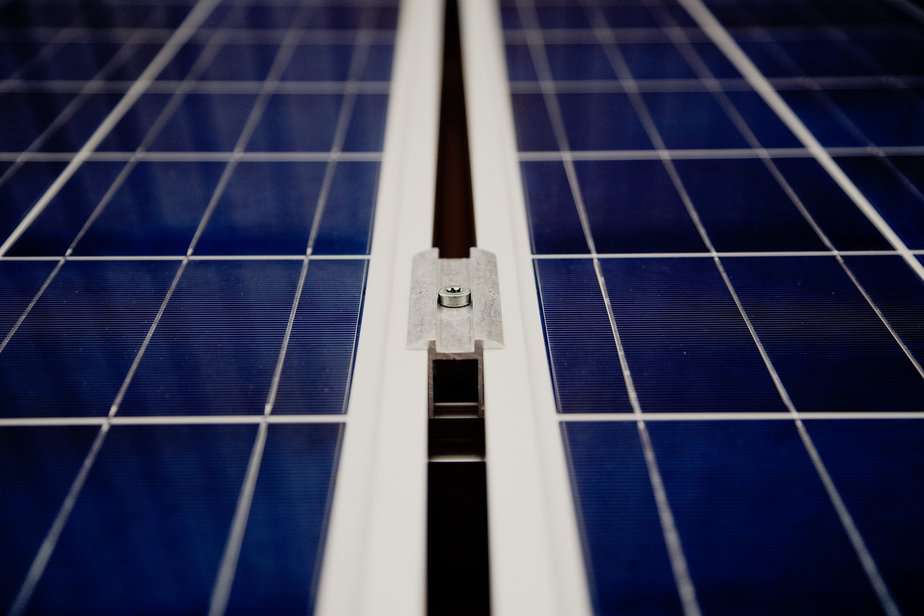
Harnessing Nature’s Power in Dams
As the world seeks sustainable solutions to address the pressing challenges of climate change and energy consumption, innovative approaches that marry traditional agricultural practices with renewable energy sources are gaining prominence. One such symbiotic relationship is the integration of solar energy systems with farm dam infrastructure. This convergence not only aids in sustainable energy generation but also enhances water management and agricultural productivity. In this blog post, we delve into the benefits, considerations, and steps involved in seamlessly integrating solar energy systems with farm dam infrastructure.
The Marriage of Solar Energy and Farm Dams
Solar energy, a clean and renewable resource, offers an environmentally friendly alternative to conventional fossil fuels. It harnesses the power of the sun to generate electricity through photovoltaic (PV) panels, which convert sunlight into energy. Combining this technology with farm dam infrastructure presents a unique opportunity to create a dual-purpose system that maximizes both energy production and agricultural efficiency.
Benefits of Integration
Renewable Energy Generation: The primary advantage of integrating solar energy systems with farm dams is the generation of clean, renewable energy. This not only reduces the carbon footprint of the farm but also contributes to the larger goal of transitioning towards a low-carbon energy future.
Energy Independence: By producing their own energy on-site, farmers can reduce their reliance on external energy sources and stabilize their energy costs over time. This can provide economic relief and enhance the farm’s long-term viability.
Enhanced Water Management: Farm dams serve as valuable water storage reservoirs for irrigation, livestock, and other agricultural activities. Integrating solar panels with these structures can reduce water evaporation by providing shade, thereby preserving water resources and promoting efficient water management.
Land Optimization: Traditional agricultural land often competes with solar installations for space. By integrating solar panels with farm dams, you can utilize underutilized space, optimizing land use without compromising agricultural productivity.
Diversified Income Streams: In addition to agricultural products, farmers can generate revenue by selling excess energy back to the grid or by participating in government incentive programs aimed at promoting renewable energy adoption.
Considerations for Integration
Site Suitability: Assess the site’s solar potential, considering factors such as sunlight exposure, shading, and orientation. This will help determine the optimal placement and angle of the solar panels.
Structural Integrity: Ensure that the farm dam’s structural integrity can accommodate the added weight of the solar panels and any associated equipment.
System Design: Collaborate with experts to design a solar energy system that seamlessly integrates with the farm dam infrastructure. Consider factors such as panel type, mounting options, and electrical connections.
Maintenance Access: Plan for regular maintenance and cleaning of the solar panels. Access pathways and safety measures should be integrated into the design to facilitate upkeep.
Permitting and Regulations: Familiarize yourself with local regulations, permits, and incentives related to solar energy installations. Compliance with legal requirements is crucial for a successful integration.
Steps to Integration
Site Assessment: Conduct a thorough site assessment to determine the suitability and potential benefits of integrating solar panels with farm dam infrastructure.
Design and Planning: Collaborate with solar energy experts to design a system that optimizes energy generation while ensuring structural integrity and safety.
Obtain Necessary Approvals: Obtain any required permits, approvals, and inspections from local authorities before proceeding with installation.
Installation: Implement the designed solar energy system, ensuring proper alignment, mounting, and electrical connections.
Monitoring and Maintenance: Regularly monitor the system’s performance and address any maintenance needs promptly to ensure optimal energy generation.
Utilize Generated Energy: Direct the energy generated by the solar panels towards powering farm operations, reducing energy costs, and potentially feeding excess energy back into the grid.
Conclusion
The integration of solar energy systems with farm dam infrastructure exemplifies the harmonious relationship between sustainable energy generation and agricultural practices. By tapping into the power of the sun, farmers can reduce their environmental impact, enhance water management, and bolster their economic resilience. As the world shifts towards cleaner energy alternatives, this innovative approach serves as a beacon of hope, demonstrating the potential for a future where nature’s resources are harnessed to fuel progress while preserving the planet for generations to come.
More reading
The Importance of Farm Dams for Small-Scale Agriculture
